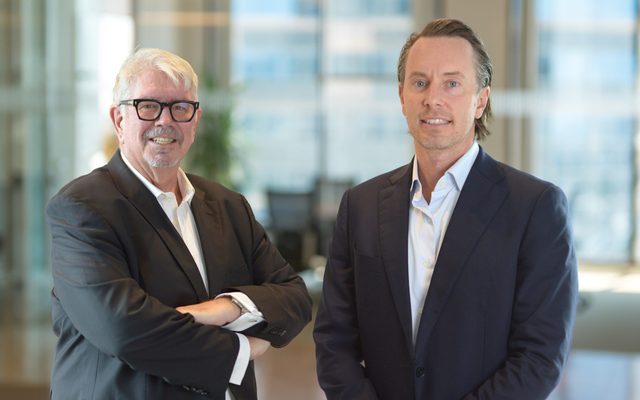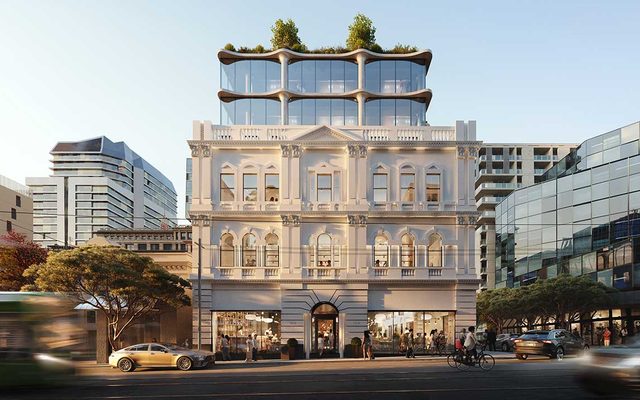This article is from the Australian Property Journal archive
NEGATIVE net absorption of CBD office space has been recorded for the first time in over three years, due largely to the increase of sub-lease space, according to Jones Lang LaSalle research.
Despite the findings, Jones Lang LaSalle Australia’s CEO Stephen Conry called for calm.
“Corporate Australia is nervous. Various factors are contributing to a deterioration in business confidence including downward revisions to the short-term global economic growth outlook, negative reflection on the resource sector’s prospects for continued growth and the national political environment.
“Importantly, the medium- to long-term supply of office space everywhere is measured, with no oversupply looming. Current sublease space increases shouldn’t cause much angst, more a cause for the market to take stock,” he said.
Conry said a negative net absorption of 36,800 sqm was recorded in Q3 across all six CBD office markets.
“This was the first quarterly contraction in occupied space in Q2 2009. Approximately 70% of the negative net absorption figure can be explained by a rise in sub-lease availability,” he said.
“As a result, the national CBD vacancy rate increased to 8.3% in Q3 from 7.8% in Q2.
“Sub-lease availability is a key office market thermometer of business confidence. When we took the temperate of Corporate Australia in Q3, sub-lease availability had increase by 78,100 sqm over the past 12 months to 1.2% of total stock,” Conry said.
He noted that sub-lease availability remained well below the mid-2009 level of 2.0%.
JLL’s head of capital markets research Andrew Ballantyne said that historically, vacancy rate movements were more sensitive to supply than demand.
“There is 726,700 sqm of space under construction equating to 4.4% of total stock to complete by the end of 2015. The pre-commitment rate for the projects under construction is a healthy 71%,” he said.
Melbourne recorded the largest increase in sub-lease availability over the September quarter, with a rise of 12,900 sqm to 1.6% of total stock. Overall vacancy increased to 8.3%.
Conry said the quality of sub-lease space being offered (in Melbourne) would likely see a flight to quality from B-Grade assets and an overall reduction in sub-lease vacancy over the next six-to-twelve months.
Brisbane’s CBD recorded positive net absorption in the quarter of 10,800 sqm, despite downsizing in the resource sector. The vacancy rate was unchanged at 8.8% due to the partial completion of King George Central.
“Although recording positive net absorption in Q3, Brisbane was not immune to the rise in sub-lease availability, recording an increase of 5,800 sqm in Q3 to 1.3% of total stock,” Conry said.
Net absorption in the Sydney CBD was essentially zero, at 400 sqm, and the vacancy rate remained unchanged at 8.6% over the quarter.
“The Sydney CBD can be characterised as a low-low market – low tenant demand and low supply,” he added. “Over the past 12 months, net absorption has totalled 9,700 sqm. Any downsizing that has occurred in the financial services sector has been offset by tenant centralisation. For example, in Q3, Adobe Systems relocated into the CBD from Chatswood,”
He said leasing volumes remained very low in the Sydney CBD, with owners recording high tenant retention rates as a result, but major lease expiries approaching 1.4 million sqm from 2013 to 2015 would generate additional activity.
Perth’s CBD witnessed a moderate increase in sub-lease availability of 2,700 sqm over the quarter and a rise in the vacancy rate from 2.9% to 4.0%.
“The labour requirements are lower for large scale resource projects as they move from construction into production. With the peak in resource investment anticipated to occur over the next 6-18 months, there have been a number of contractions out of project space in the Perth CBD,” Conry said.
Ballantyne said a slowdown in demand from iron ore miners and their consultants would moderate the rate of rental growth over the next 12-18 months.
“This is a long-term positive for the Perth market. It will limit the potential for excessive development activity over the medium-term and create a more sustainable balance between demand and supply,” he said.
Whilst prime gross effective rents were unchanged in the Perth CBD over the quarter, they have increased by 9.5% over the past 12 months.
Adelaide experienced a negative net absorption of 10,000 sqm and a rise in vacancy to 8.5%, whilst Canberra’s rose to 10.5% after the completion of a development at 4 National Circuit, Barton.
Ballantyne said the occupancy rates for buildings in Australia remained among the highest in the world.
“Vacancy rates in the Americas (16.2%), Europe (9.6%) and the Asia-Pacific all exceed Australia and in some markets there is significant supply pipeline overhang,” he concluded.
Property Review



